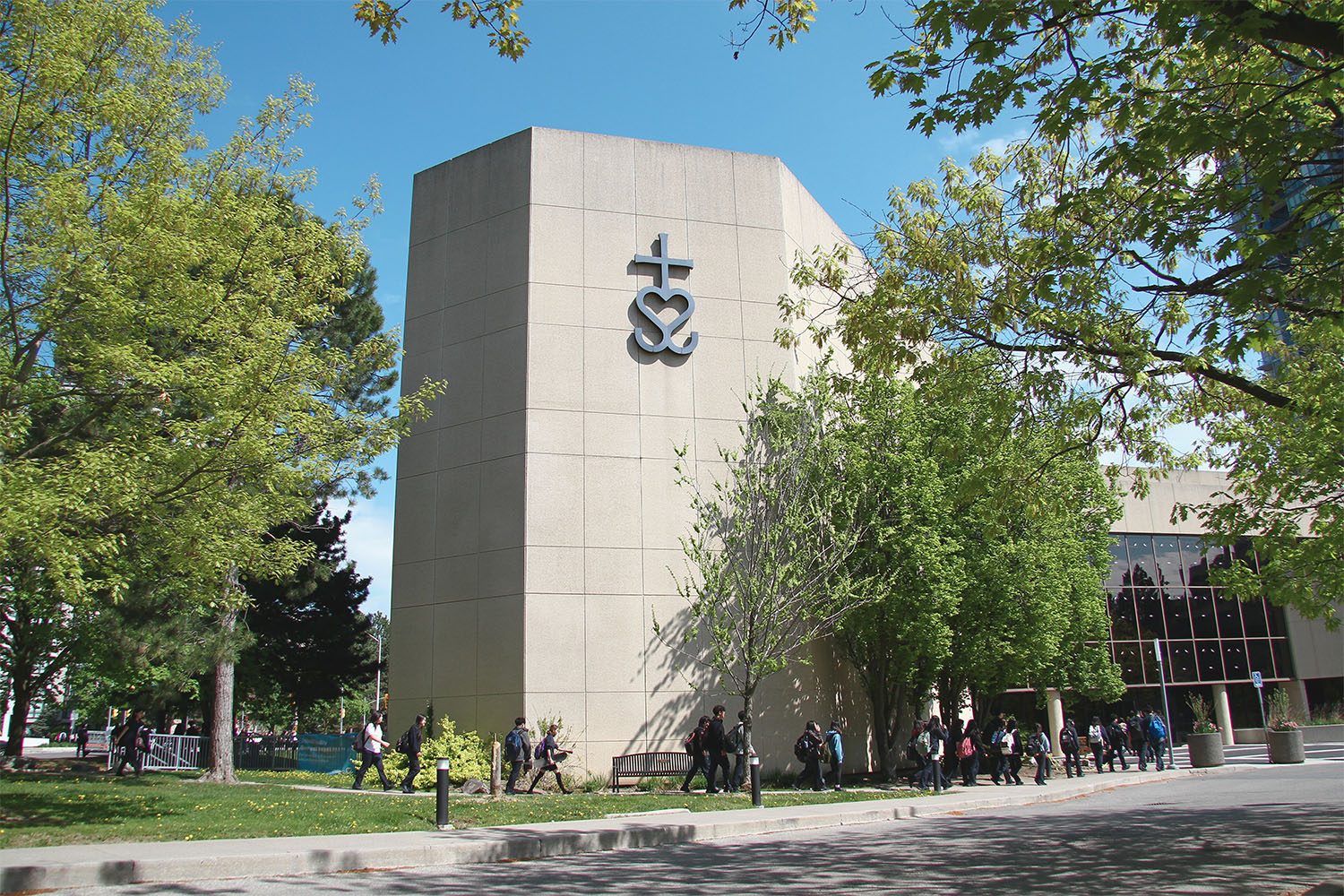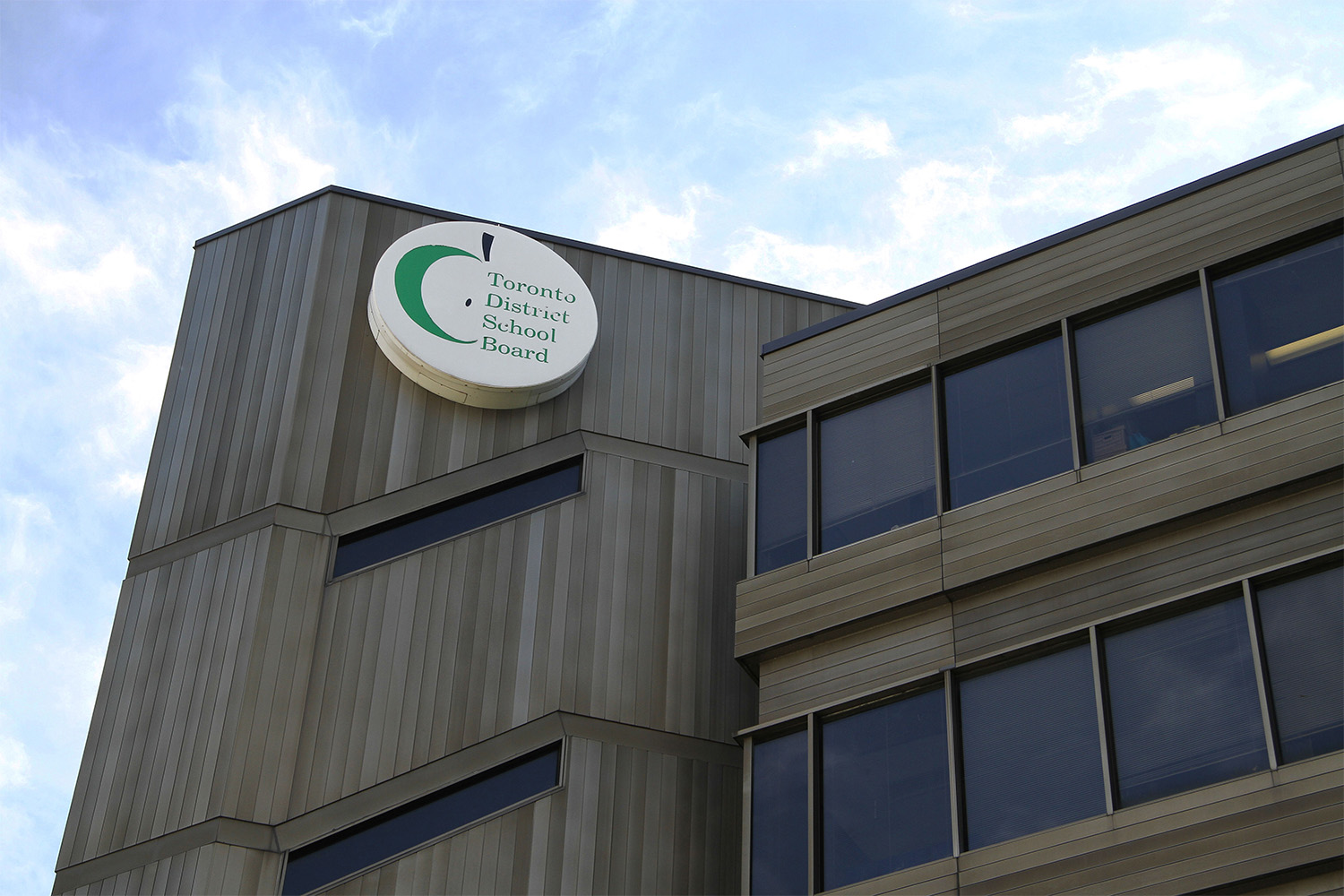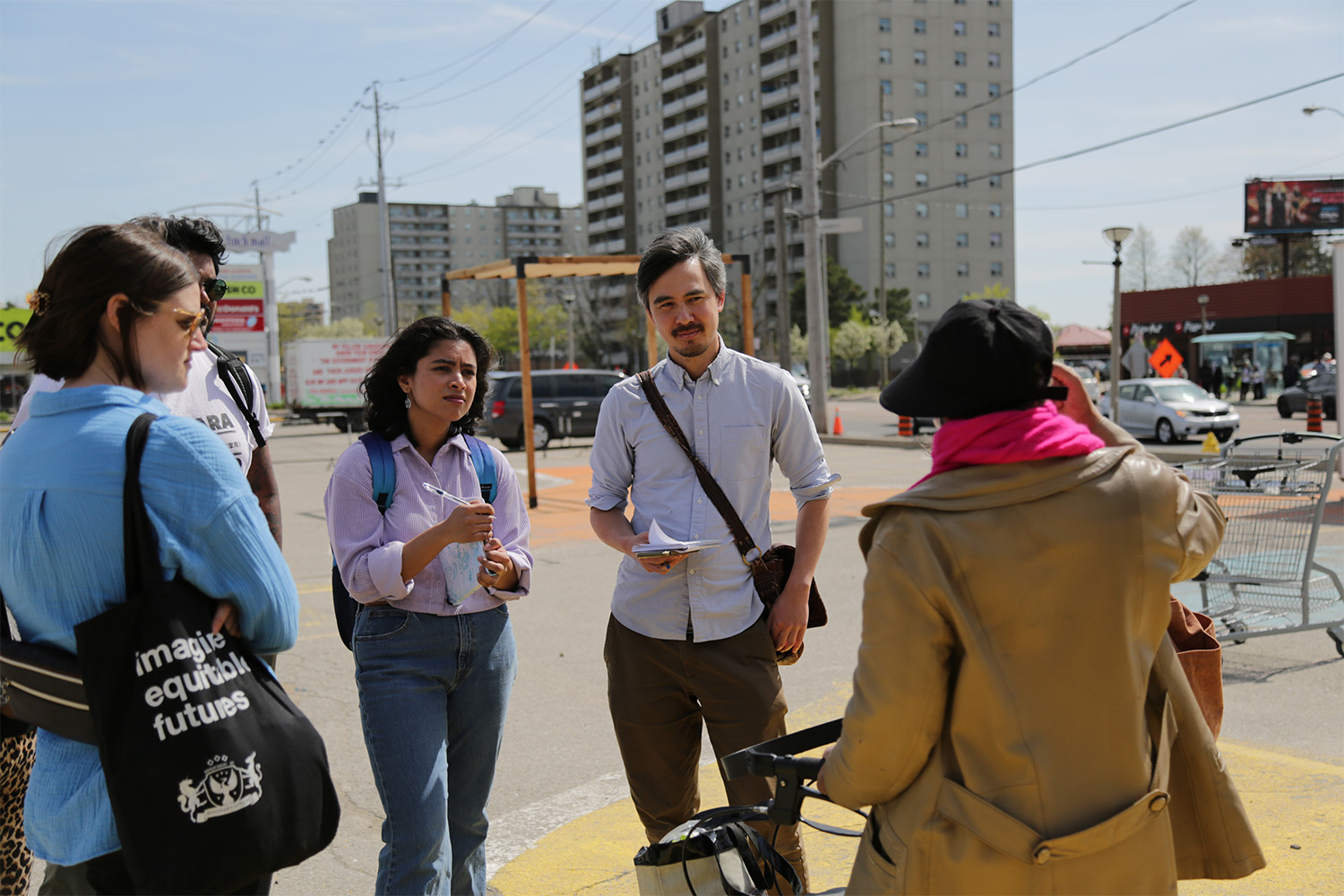

Tucked along a long stretch of Parliament is a small, discrete, red door. Likely you’ll only find yourself in front of it if someone has told you about it, and as you wait to be let in, you won’t be able to make out much of what lies inside.
Once you make your way in, however, you’ll be met by a bright yellow space, with a high glass ceiling, and the sound of children laughing in the distance. The June Callwood Centre for Young Women—Jessie’s, for short—is home to a host of services aimed to serve young pregnant women in need of help.
Everyone who comes to Jessie’s is immediately paired with an intake counsellor, who discusses with them their concerns, whatever they may be. Jessie’s services cover everything from basic medical advice—a nurse is available during the day from Monday to Thursday—to an in-house school program that can help young mothers obtain their high school diploma.
The Centre lies in the Mid-East Sub-Region of the Toronto Central LHIN, by the Moss Park neighbourhood, which has the highest per cent of single parents households in the LHIN, at 51.7%.
“We try to bring as many services as possible here, so when they come they could talk to a nurse, or they could speak with a counsellor if they have parenting concerns,” explains the Centre’s Executive Director, Maritza Sanchez. “We’re trying to meet any and all needs under one roof.”
Trajectory of Success
Fifteen years ago, Sherry Rutter was 16-years-old, and 10 weeks pregnant. She describes herself at the time as “absolutely terrified.” But Sherry found Jessie’s, and was able to find a space that supported her throughout her pregnancy, and long after.
Sherry describes Jessie’s parent-child centre as participants “home away from home” — warm, welcoming and inviting. She was able to join the centre’s school program while she was pregnant, and complete it after giving birth to her daughter, who could safely play in the parent-child centre while she studied.
Today, Sherry has graduated college, and has been Jessie’s Volunteer Coordinator for two years. She has become a face for the centre, an example of what its programming can offer a young mother, with ambitions of having her child while pursuing her education.
“Because of Jessie’s, I was able to complete high school, go to college, and pursue my dreams of working with young parents like myself,” she says.
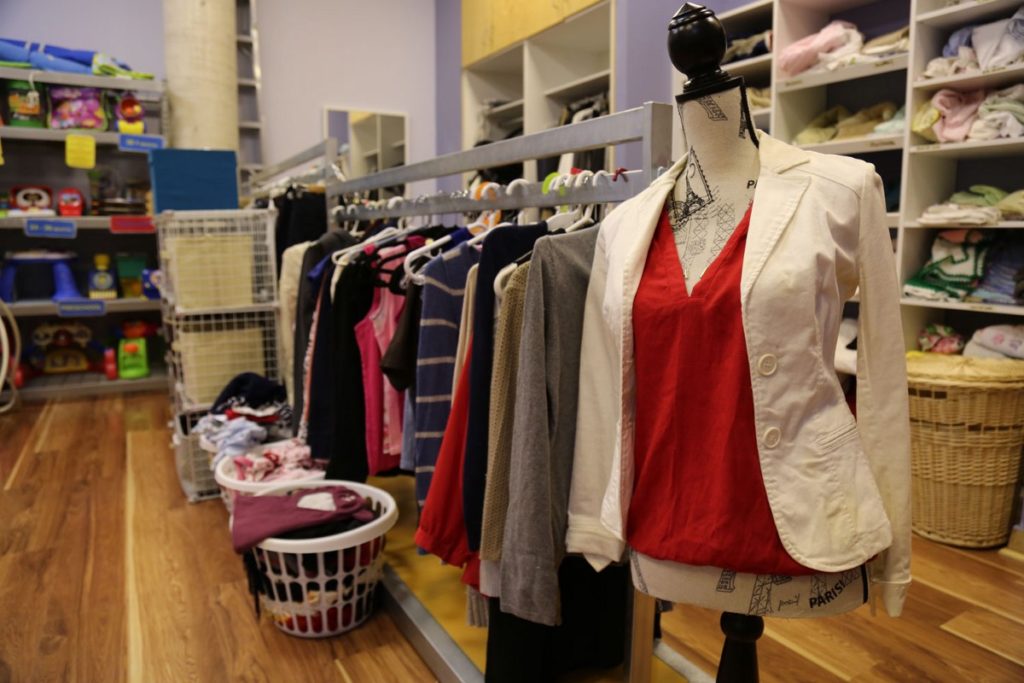



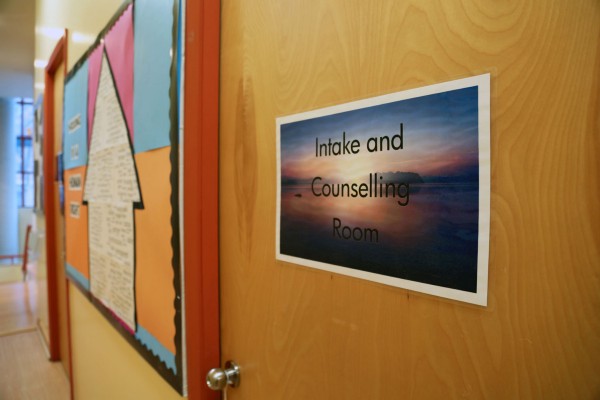
Falling through the cracks
Sanchez says the first step with anyone coming to Jessie’s is to try and get a full picture of their life, and the underlying causes of any problems they might be facing.“They come in here and we say, ‘Okay, let’s look at all the parts of your life and then see how they impact one another — how can we try to address as many of those barriers as possible?’”
According to Faith Hatchett, the Centre’s Health Promotion Nurse, for may of the young women who come to Jessie’s, the problem isn’t necessarily a lack of resources. “There’s a lot of services available out there, but the youth are not accessing them,” she says. “You have to ask why? Why aren’t they accessing those services?”
Hatchett sees anywhere between five to ten women every week, and with everyone she meets with, she makes an effort to get to know them, before discussing options. “I try to build relationships with them, get to know them a little bit, and address whatever concerns they have,” she explains. “A lot of the times it’s, ‘Well, I’m pregnant, and I don’t have a doctor.’” Hatchett says that some women are referred to partnering agencies, while others are looking for information about prenatal health, and might start attending the prenatal programs offered at Jessie’s.
“It has already taken a lot for them to just walk through the door,” she explains. “They already come with a lot of trust issues, and knowing that, our job is to try to, as much as possible, increase their level of trust, and to provide a different type of experience for them.”
Different areas of Toronto have higher rates of Emergency Department visits for prenatal conditions. Moss Park’s rate of emergency department visits for those between the ages of 20–44 is the highest among all Toronto Central LHIN neighbourhoods, at 482 visits per 1000 people. This high rate of ED use might have something to do with the low primary care continuity in the neighbourhood which, at 25.4%, is among the worst in the LHIN.
Hatchett explains that for transient youth, an emergency visit can seem like the most reliable option for care. “They’d rather go through emerge where they can get everything done and taken care of all at once, because they function very much in the mindset of ‘I want to get as much as I can done with my one visit because I don’t know if I’m going to get here again,’” she explains.
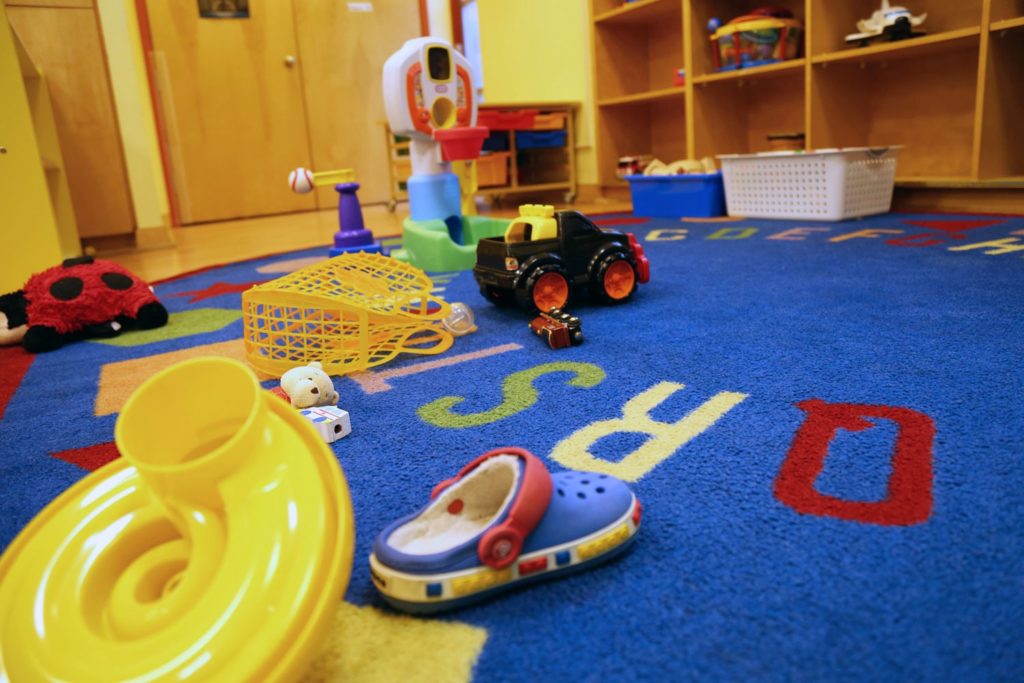
Find the Barriers
Hatchett says that her role, and the role of everyone at Jessie’s, is to actively listen to the women who arrive there. She says respectful listening is key to understanding the needs of pregnant adolescents and mothers, who often face stigma in the system at large.
“A lot of times, when it comes to youth not accessing services, you hear that it’s not about the service that’s provided, but how it’s provided,” she explains. “There is so much rigidity — if they have an appointment and they miss it, it’s ‘Sorry, we’re not booking you again.’” Hatchett says this is a huge problem for a population that can be transient and who may find it difficult to go across the city to make a particular appointment.
“In working with youth, you have to be very flexible and come from a non-judgemental place,” she explains. “A lot of the time they’re judged before they even walk through the door.”
Hatchett says that often, giving adolescents agency in their care can be all the difference. She gives an example:
When I started working at Jessie’s, there were a lot of issues that some of the participants had when it came to the care they were getting at community agencies. They felt it was too rigid—and there were too many people they had to see.
For this one particular person, she didn’t feel that she wanted to meet with everybody; she didn’t want to meet with the nurse, and then the nurse practitioner, and then the doctor and then the social worker. It was a lot.
They ended up touching base with her when she came in, and had a social worker be the person she touched base with. Then she could choose who she wanted to see, like “Ok I’ll see the nurse and the doctor and that’s it.” She felt like, “Wow I didn’t realize that I could say something and it would actually make a difference.” A lot of the time you’re working with a very vulnerable and marginalized population, that throughout their lives have never had their voice matter. If you give them a vehicle to express themselves, it has such long lasting effects for them.
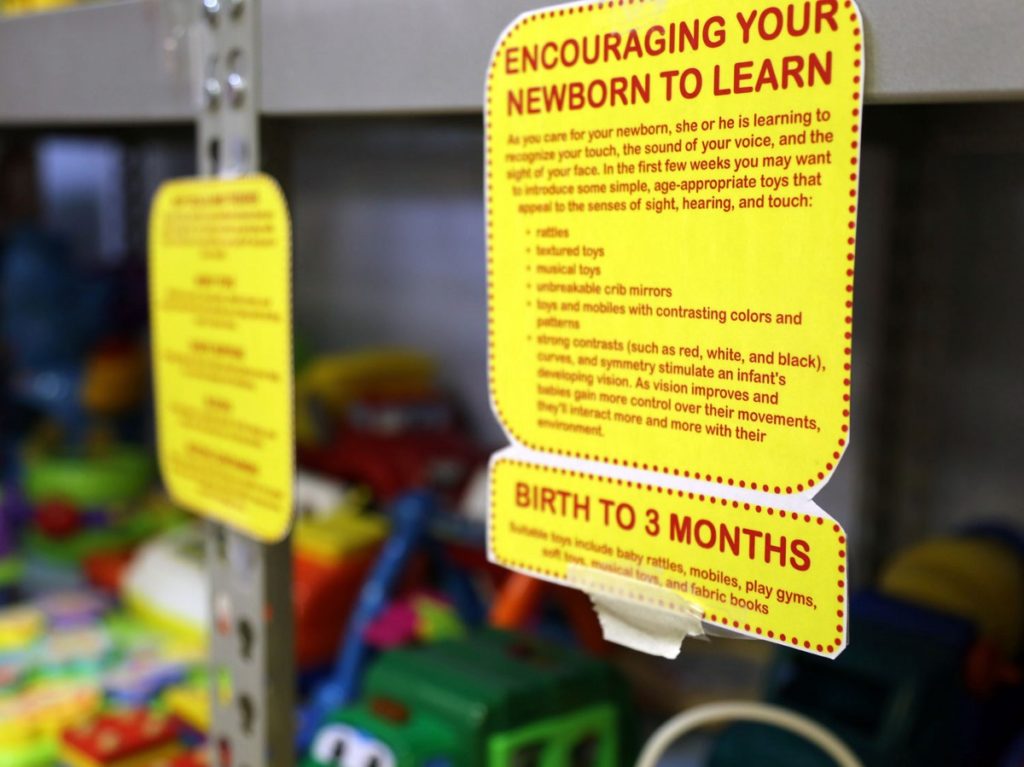
The Results
Every year, Jessie’s serves 1,000 pregnant teens, young parents and their children. In 2015, they provided 8744 counselling sessions, provided 149 referrals, and had 301 youth access their health care services.
Numbers, aside, Hatchett thinks the biggest proof that Jessie’s system works is the feedback from its participants: almost all of them refer someone they know. “I think the biggest thing is that most of our referrals come from the participants themselves,” she explains. “When they come through the door it’s because a friend told them—not a nurse or a doctor, but someone in their community.”
For Hatchett, this sharing of the story of Jessie’s proves that the women who seek out its services trust it, and are willing to stand by it. “A lot of it is word of mouth, and it’s from the people who actually access our services, explaining to their peers why it helped them,” she says. “That speaks volumes to me, it really does.”




